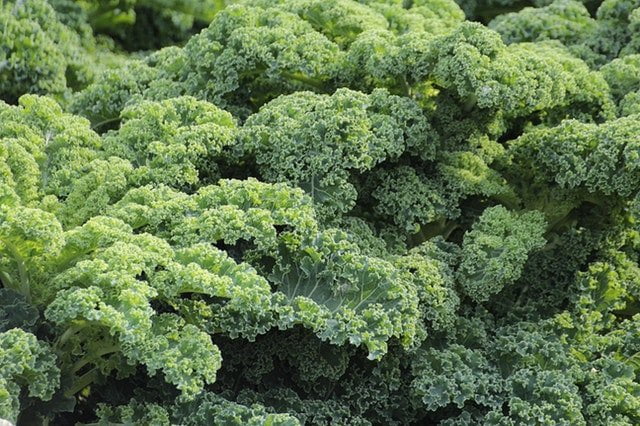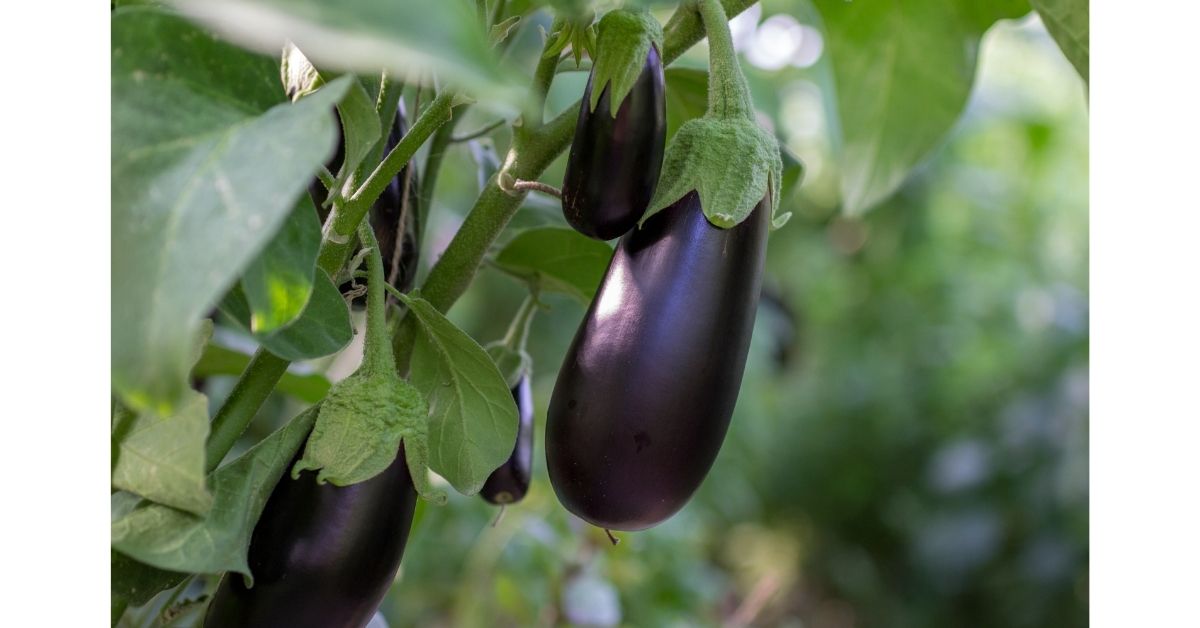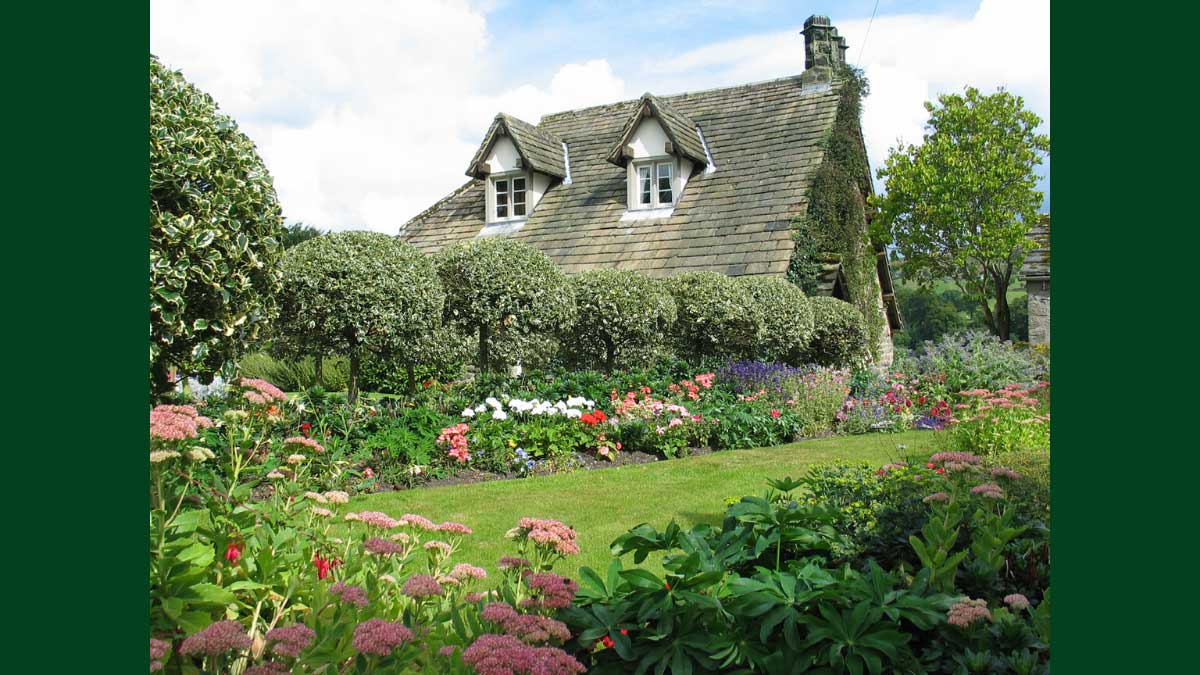Kale is an exceptionally simple and fulfilling harvest for the home gardener. The ways to grow kale seeds are also very simple to practice. It is a nutritional powerhouse, abundant in vitamins C and B6, in addition to vitamins and fiber.
Additionally, it is a long-lived, low-maintenance harvest, cold hardy, and not too vulnerable to illness. Last but not least, it is versatile, including nutrition and taste to a lot of unique dishes.
Ways to grow kale seeds | Grow and care
Kale is a significant feeder having a desire for nitrogen. Organic growers must supply with lots of compost or well-rotted compost for their soil.
Kale could be direct-seeded or transplanted up to 5 weeks before the date of their last expected spring frost and also succession-planted till six months before the first anticipated colds of autumn. It will create during an extended period, but its taste is most fabulous after autumn frosts raise the glucose content of leaves.
You might also like this: How to prepare raised beds for more production?
Spacing depends on the way you would like to consume your Kale. Baby kale for using in your salads or juicing could be sown 1″ apart from furrows spaced 4″ aside, or onto a two ″ grid at a mattress.
If planning to grow it to mature and use for cooking, then you’ll obviously need more room, which is at least 12″ involving crops for smaller types such as Red Russian, 18″ or longer for bigger ones such as Winterbor.
1/4″ – 1/2″ deep planted kale seeds in moist soil, in a space where it will receive a minimum 5 hours of sun every day will work best. In warm climates, summer-sown Kale will benefit from day shading.

You might also like to see the study of Michigan University on how to grow kale
Pest and diseases affecting Kale
Kale is somewhat a hardy crop. However, there are nevertheless a few insects and pests which might be faced.
Curled, puckered, yellowish leaves might be an indication of aphid infestation. Aphids may be handpicked or murdered with natural insecticidal soap.
Ragged holes in kale leaves could be brought on by cabbage worms or loopers, which are mild green yellow-striped caterpillars. To get rid of them, you can handpick or spray Bacillus thuringiensis.
Tiny pinholes on your leaves might be the job of flea beetles, miniature black-bound beetles, which are extremely tough to handpick. if the leaves were chewed from the edge to the stem by fleas, that indicates the existence of vegetable weevils.
Spraying Pyrethrum can help control these insects. Pyrethrum is a natural pesticide that is not harmful to humans but poisonous to bees–squirt it on the day when pollinators are not active. Curly Kale might be less vulnerable to beetle harm compared to flat-leafed Kale.
Powdery mildew is much more inclined to attack kale seedlings inside the greenhouse than growing it outside. Dusty grey spots spread quickly within the leaves, and the plants get diminished. Pruning the damaged leaves, dipping your loofah at a bleach-and-water solution following each cut, or spraying organic fungicides might help get rid of it. Curly Kale is not as vulnerable as flat-leafed Kale.
Submerged regions to grow around the stem close to the floor and grey stains to look on leaves and stalks might be the result of blackleg. The entire plant will wilt and die. This is tough to heal. Remove and destroy (don’t compost) plants that are infected.
Types of Kale
Flat-leafed kales such as White and Red Russian are precious because of their tenderness and taste, but they’re vulnerable to insect and disease issues, as mentioned above.
Curly kales such as Vates and Winterbor are exceptionally capable and more cold-hardy, pest-resistant, and more disease-resistant compared to other ginseng types.
Dinosaur kale or Tuscan Kale has crinkly smooth-edged leaves and fantastic flavor. It isn’t really cold-hardy-leaves might be ‘burnt’ by beams in the temple.
Three different favorite ways to grow Kale right from your backyard
Harvesting the Kale when the leaves are still young, a delicious way of eating them raw in salads or juiced. Mature leaves are perfectly cooked. Listed below are a Couple of cooking ideas, and our favorite ways to eat spinach:
If you prefer steamed Kale, you might consider well mixing them with cheese and pesto to get a lasagna filling.
On the other hand, in this way, you can ideally create a kale pesto! Add them into fried rice along with eggs, onions, and soy sauce. Kale could be thrown in only about anything because you’re cooking.
Using Kale in salads is one of the most common and favorite ways of consuming it right from your backyard, especially having an Asian dressing or seasonings. This is a tasty side dish that’s actually such simple to prepare. It’s possible to add apple dice and cheese as well. It can even remain easy to do, with a mild Asian dressing. This is also a fantastic way of pleasing your children.


